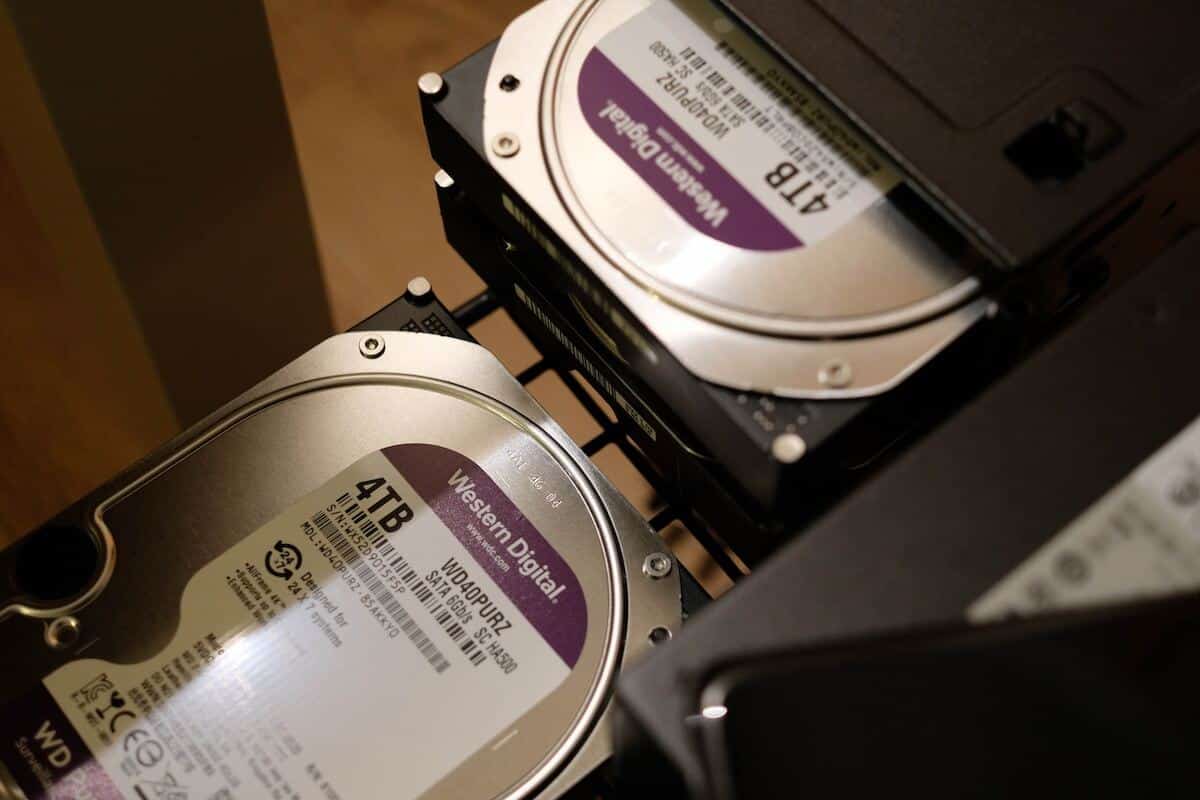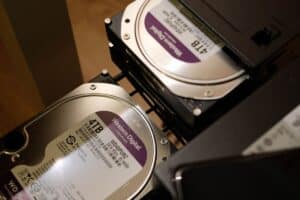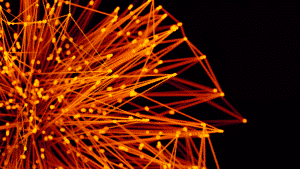The most common justifications we hear from companies when we ask them why they chose RAID are mainly two: the high level of fault tolerance and the low acquisition and maintenance costs.
However, when equipment of this level fails, the data becomes unitizable and, in most cases, corrupted.
There are 3 general categories of failures that a RAID system is susceptible to, and they are:
- Hardware failure
- Human error
- Software failure
Let’s look separately at each of these reasons, giving examples of the most common accidents to happen, so that your company ensures effective protection.
Hardware Failure
If the disk is badly damaged, it is better to directly extract the necessary data and ignore the rest.
Cloning an entire hard drive unnecessarily can stress the device and considerably increase the time needed for the service.
The most common physical damages that usually require a RAID recovery service are:
- Natural disaster damage
- Physical abuse of drive
- Disk overheating
- RAID controller failure
- Write head failure
- Damaged motor
- Compromised media surface
Human Mistake
In this case, it is very common for employees who have access to these systems to make some kind of mistake such as those mentioned below.
Another problem related to human intervention is when the RAID is already failing and an inexperienced employee, or one without the proper equipment to operate a RAID, decides to try to recover it on his own.
- Unintentional deletions
- Reformatting drives
- Incorrect replacement of components
- Files overwritten by mistake
- Employee sabotage
- Lost/forgotten password
- Improper RAID installation
Software Failure
When the problem is only in the logic part, specialized software or reverse engineering is usually used to discover the necessary settings and rebuild the array. In this sense, the most common problems are:
- Backup failures;
- Computer viruses and worms, especially ransomware;
- Corrupted files and data;
- Damaged folders;
- Directory and firmware corruption;
- Partitioning and missing partitions;
- Configuration and formatting.
Of course, the more protected the company’s RAID system is, the better, because unexpected costs and unavailability of important information for the company’s routine are avoided.
However, we know that no security solution is 100% guaranteed and it is necessary to have a card up your sleeve in case an accident – as mentioned above – happens.
In recent years there has been a significant increase in ransomware attacks aimed at the company, and at RAID systems.
RansomHunter is specialized in decrypting RAID systems attacked by ransomware, at all levels; we have exclusive technologies for this purpose.
Our processes are exclusive and totally confidential, we make the confidentiality agreement (NDA) available to all our clients.
Contact us and start the RAID system decryption right now.




